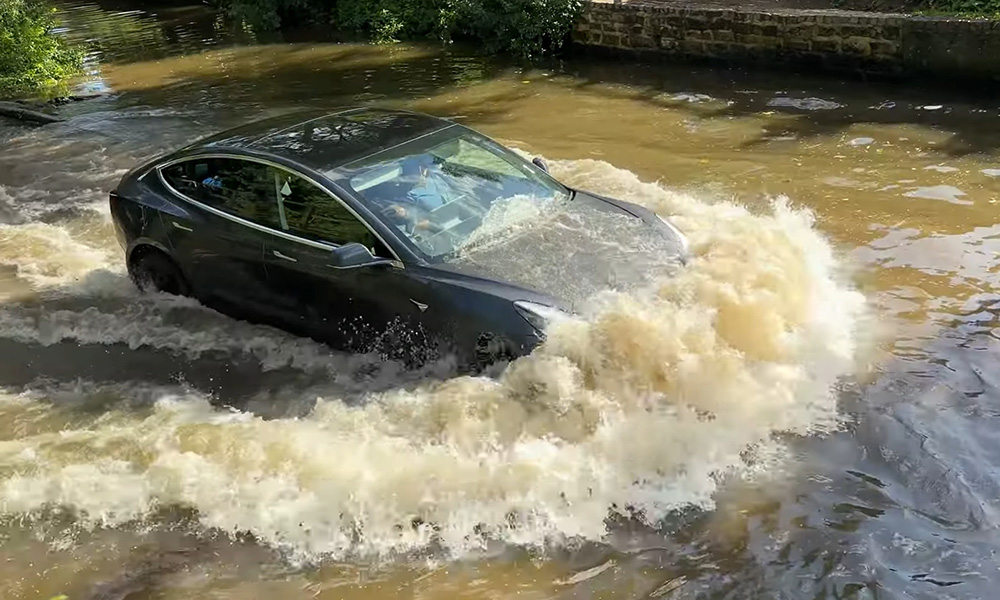
England has many tourist attractions. Big Ben, Buckingham Palace, Stonehenge, and at least until around a month ago, a place called Rufford Mill Ford. In case the latter isn’t ringing any bells with you, then a look at any of the countless YouTube videos filmed there will quickly tell you why it’s famous—or infamous. It’s basically a small British town where one local road doubles as a river crossing.
Where your average driver from Metro Manila would be smart enough to avoid driving through water like this, British motorists are seemingly lacking this kind of street smarts and continue to try their luck—with predictable outcomes. Car after car after car dies a wet death, while onlookers laugh and film the spectacle. That is, until a bunch of Teslas arrive and drive through the water like it’s nothing. This and a number of other videos online bring up the question: Are EVs the perfect cars for flooded roads?
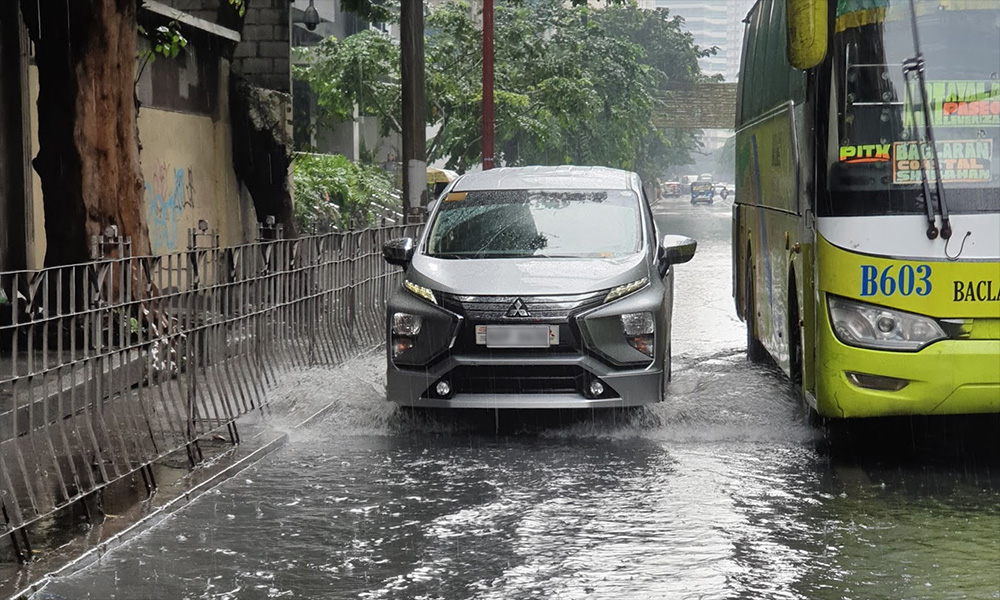
The primary reason why you shouldn’t drive your internal-combustion engine car through deep water isn’t the fact that it could ruin your interior and give you a wet bottom. Rather, it’s the risk of your engine becoming waterlogged.
Water doesn’t compress, and if it enters the combustion chamber and the piston tries to squeeze it, the outcome is usually a ruined powerplant. But electric cars don’t seem to have problems like that. With only one moving part in the motor and no fluid-compressing pistons to worry about, EVs can seemingly drive through pretty deep water without being damaged. That’s despite the fact that electricity and water normally don’t go well together.
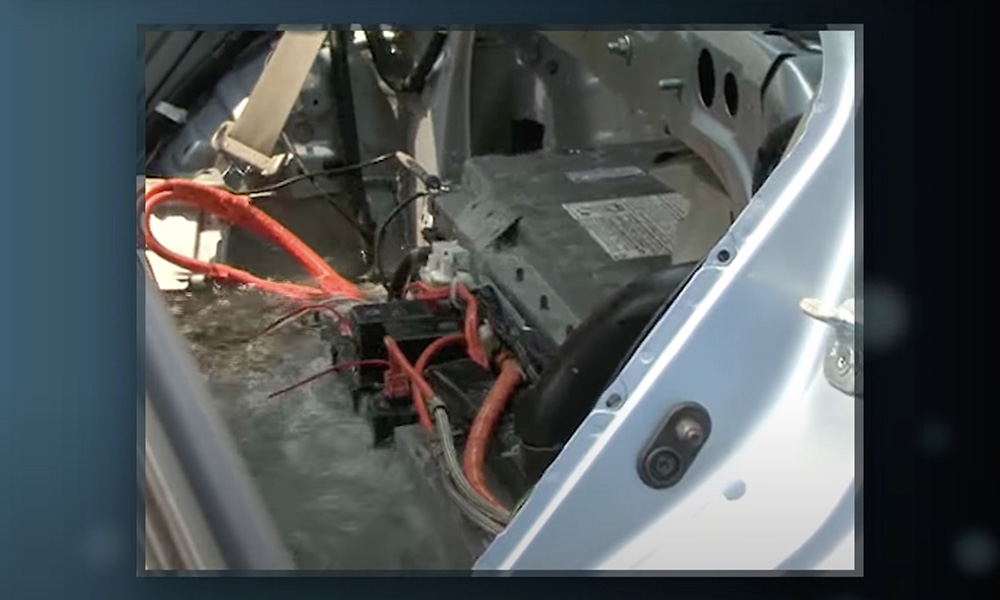
The reason it works is the fact that components in EVs are well-sealed, making them extremely resistant to fluid damage. If they weren’t, you’d get these machines shorting out at the slightest sign of rain. One driver even took this idea to the extreme and turned his car into a virtual submarine just to prove a point.
We don’t recommend doing that, but it does show how sturdy battery-powered cars can be. Does this mean that we should all now switch over to electric vehicles so we can better cope with flooding across the megalopolis? The answer is a plain NO. While EVs are great to drive and it may look impressive to see a Tesla turning full-on James Bond-esque Lotus, driving through flooded roadways like this is never ever a good idea. The car may still work when it comes out on the other side, but the risk of serious damage remains.
Having water reach areas of the car where it shouldn’t really ever get to not only increases the likelihood of corrosion, but it also deposits all sorts of unpleasant substances on and around your pride and joy.
Especially around our quarters, where floodwaters are often a mixture of rain and sewage, you really wouldn’t want that dirt smoothie rubbed all over your paint and into every niche and corner of the bodywork. The result could be an unpleasant experience for your nose over the next few days and weeks. That’s on top of any damage such as ruined floor mats and upholstery. Tesla may have almost claimed once that its cars are essentially boats, but the truth is they are still only cars. Designed to drive on roads, and preferably dry ones at that.
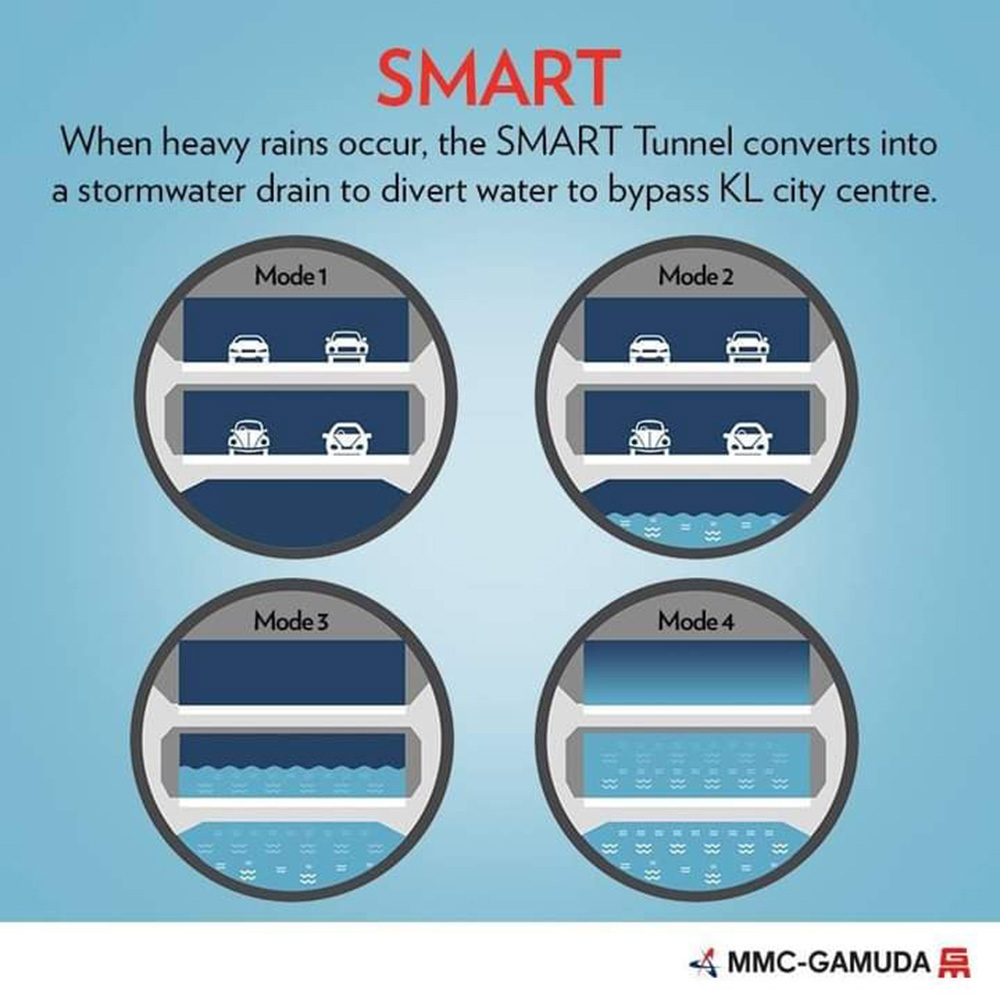
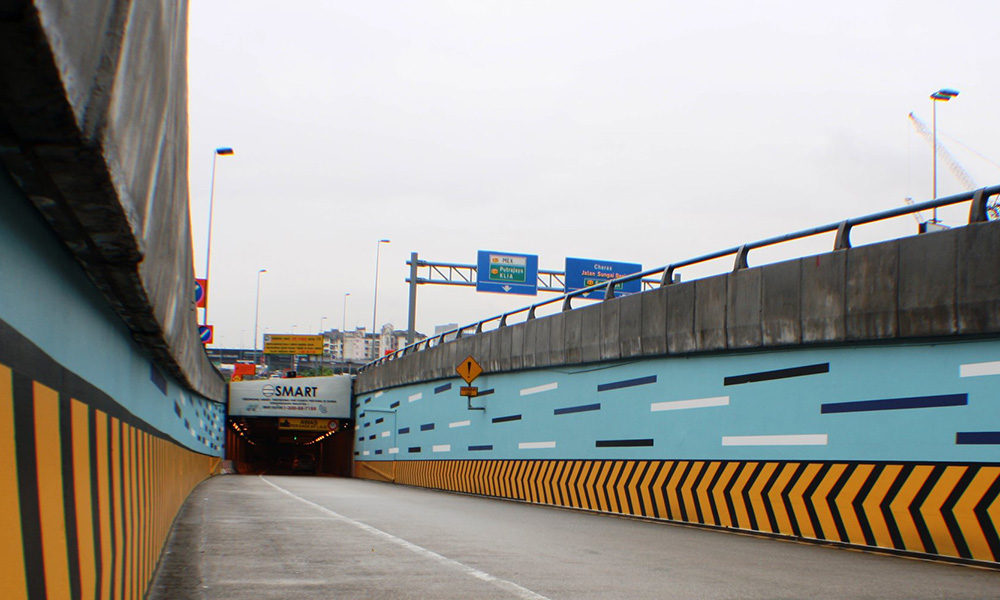
No, the way we should tackle flooding on our roads is not by buying cars that are somehow more waterproof, but by finally insisting that politicians sort out an issue that should have been resolved ages ago. Flooding in Metro Manila is nothing new, very predictable, and relatively easy to fix. All it takes is some political will to sort out the root causes.
Our neighbors in Malaysia realized this years ago, and built a huge stormwater tunnel. Even without that, flooding can be managed by having stricter planning laws and better enforcement of existing regulations, plus increased maintenance of the infrastructure that is already there. If we focus on that, we won’t need fancy electric cars to stay dry.


0 Comments